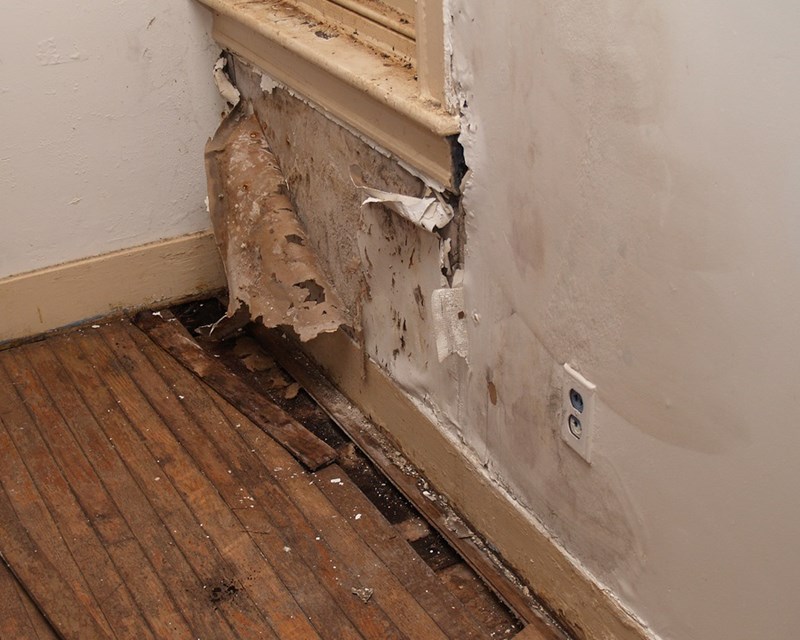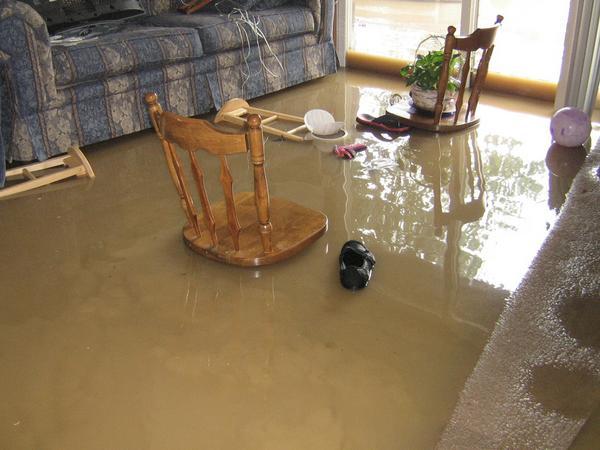24/7 Emergency Water Damage Restoration Services for Urgent Needs
The Refine of Water Damage Cleanup: Ensuring Your Home Is Brought Back Efficiently
Water damages can be a daunting difficulty for home owners, necessitating a organized and thorough cleanup process to recover safety and security and functionality. damage restoration services. Following this, efficient water removal techniques play a pivotal function in reducing more harm.
Examining the Damage
Upon finding water damage, the very first step is to completely examine the extent of the effect. This preliminary assessment is vital, as it helps figure out the needed steps for efficient cleanup and repair. Begin by checking the impacted areas, consisting of walls, ceilings, floors, and individual possessions, to recognize the source of the water intrusion, whether from flooding, leakages, or condensation.
Documenting the damages is crucial for both insurance policy cases and planning remediation efforts - damage restoration services. Use pictures and created notes to capture the severity of the damage, noting any afflicted architectural components and materials. Pay special focus to locations that might not be immediately visible, such as behind walls and under carpets, as concealed moisture can lead to additional difficulties, including mold development
Additionally, analyze the timeline of the water exposure. Inevitably, a comprehensive analysis lays the foundation for an effective water damage clean-up procedure, making certain that all impacted locations are attended to successfully and thoroughly.
Water Removal Strategies

Experts commonly use completely submersible pumps for larger volumes of water, which can swiftly relieve flooding in cellars or various other affected areas. For smaller sized amounts, wet/dry vacuum cleaners are usually made use of to extract recurring wetness from rugs and hard surface areas. Additionally, using portable extractors permits targeted elimination in constrained areas or areas with delicate products.
In circumstances of contaminated water, such as sewage or floodwater, progressed extraction techniques might entail using biohazard devices to guarantee security and compliance with health policies. High-powered extraction tools are crucial in reducing water retention in architectural materials, which can result in mold development and architectural degeneration otherwise addressed promptly.
Eventually, the efficiency of water extraction methods plays a crucial function in the overall success of the water damages clean-up procedure, preparing for subsequent remediation initiatives.
Drying and Dehumidification
When standing water has been properly removed, the following important phase in the water damages cleanup procedure is drying and dehumidification. This action is necessary to protect against further damages and mold and mildew growth, which can take place within 24 to two days in wet settings.
To accomplish effective drying, customized tools such as industrial-grade air movers and dehumidifiers is utilized. Air moving companies flow air across damp surfaces, improving evaporation rates, while dehumidifiers reduce humidity levels in the air, promoting a conducive setting for drying out. The mix of these devices guarantees that dampness is extracted from floorings, walls, and home furnishings, allowing them to dry completely.
It is very important to monitor the drying process very closely. Professionals usually use wetness meters to analyze the moisture web content in different materials, ensuring that all affected areas reach appropriate dryness levels. This careful strategy helps to avoid concealed moisture pockets that can result in structural damage or undesirable mold and mildew development.

Cleansing and Sterilizing
After the drying and dehumidification phase is complete, the following vital action in water damage clean-up is cleansing and disinfecting the affected areas. This process is crucial to stop the development of mold and find this mildew, bacteria, and other pathogens that grow in moist settings.
The cleaning stage commonly involves eliminating any type of particles, dirt, and impurities from surface areas using specialized cleaning agents. For hard surface areas, a combination of soap and water or commercial cleansing items is commonly employed. Soft products, such as furniture and carpetings, might need a lot more comprehensive cleaning approaches, including steam cleansing or deep removal methods, to make webpage certain comprehensive hygiene.

Sanitizing complies with cleaning, using EPA-approved disinfectants to remove damaging microbes. This step is necessary, especially in areas that may have entered contact with floodwaters or sewer, as these resources can position major health threats.
In addition, it is very important to resolve any kind of continuing to be smells, which might need making use of smell neutralizers or sophisticated strategies like ozone treatment. Appropriate cleansing and sterilizing not just restore the security and hygiene of your home yet also prepared for professional water damage restoration effective repair and repair services in succeeding phases of the water damages cleanup process.
Remediation and Repairs

Once the analysis is complete, reconstruction efforts can begin. In addition, floor covering may require similar attention, depending on the level of water direct exposure.
It is vital to involve seasoned remediation professionals during this procedure, as they possess the knowledge to manage intricate fixings efficiently. In addition, they can assist alleviate potential future problems, such as mold development or structural instability, therefore making sure a habitable and safe living atmosphere. Eventually, reliable restoration and repairs restore the home's honesty and improve its total worth.
Final Thought
In conclusion, the procedure of water damage cleaning is important for bring back a home to its pre-damage problem. Each stage, from assessing the damage to implementing reliable water removal methods, adhered to by comprehensive drying, sterilizing, and needed fixings, plays a crucial role in making certain security and conformity with building standards. Efficient execution of these steps not only alleviates instant damages but additionally boosts the long-lasting honesty and value of the building.
Water damages can be an overwhelming difficulty for house owners, demanding a precise and structured clean-up process to restore security and functionality. Inevitably, a comprehensive analysis lays the groundwork for a successful water damage cleanup procedure, making certain that all affected areas are dealt with successfully and thoroughly.
Efficient water extraction techniques are vital in mitigating damage and stopping additional problems complying with a water intrusion event.In verdict, the procedure of water damage cleaning is critical for restoring a home to its pre-damage condition. Each stage, from examining the damage to applying effective water removal techniques, followed by extensive drying, disinfecting, and needed repair services, plays a crucial role in making sure safety and security and compliance with structure requirements.